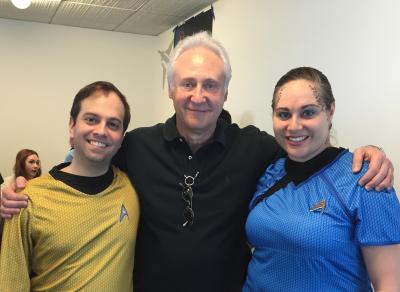The Mast-Head: A Few Steps to Solitude
The Mast-Head: A Few Steps to Solitude
It was Thursday evening, I think, and, eager to get away from the bear attacks of a long week, I drove to the beach at Atlantic Drive on Napeague. There was one other person there when I arrived around 6:30, and he or she was wrapped in a towel and sitting on a chair some distance away from the road end. About a mile to the west through the haze I saw two trucks parked on the state park beach, though at that distance, I could not even really be sure what they were.
When I got out of the water after my swim, the person in the chair was gone. Other than a couple of gulls strutting around looking for a late-day scrap, I was alone.
Even in the height of July, when the temperature hits 90, I am astonished how easy it is to get a bit of solitude. On Tuesday of this week, for example, I took an afternoon break, getting away from the computer for a moment to go to Indian Wells Beach. At 4 in the afternoon, not really all that many steps east of the Amagansett Beach Association area, I again was alone.
It’s often the same when I go out in the boat, toward Gardiner’s Island, ostensibly to fish but as often as not to just drift and swim and think. During the week, mine might be the only vessel at all between Fireplace and Crow Shoal. It’s quite amazing, really, when you consider how many boats are berthed in the harbors here.
Then there are the weekends, with the roads crowded and frustrating by the time the sky is bright, but it was still a pleasant drive to check the surf in the very early morning. On Saturday, just Chris Kiembock and I traded waves for an hour at the First Jetty until about 7 a.m., when a couple of other people showed up, one of whom I count as a friend.
We do run into people we know at these off times. At Indian Wells on Tuesday, my friend Eric Firestone got up from a beach chair to say hello, and I saw Andy Stenerson with his dog in the parking lot. Relaxed and smiling, they knew, too, I think, to enjoy it all while the enjoying was good, just a few steps away from everyone else.

